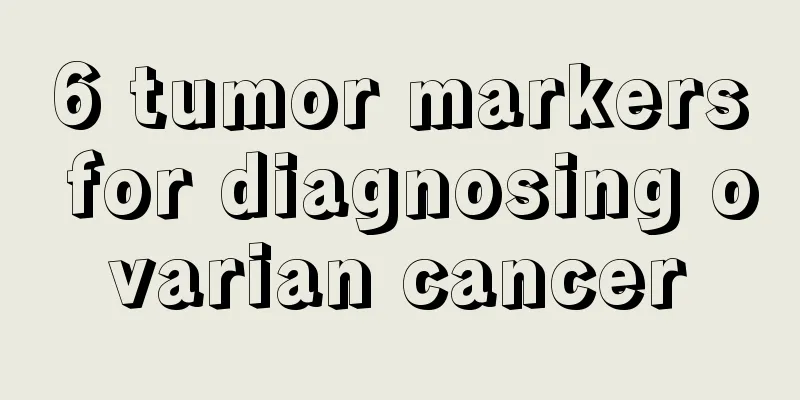How is dermatolysis bullosa treated?

|
Skin diseases are very common in life because the skin is the first barrier that isolates the human body from the outside world. Most bacteria and viruses invade the body through the skin, which greatly increases the probability of skin diseases. There are many types of skin diseases, and the treatments are complicated, which makes patients feel very painful. Let’s take a look at how to treat dermatolysis bullosa. Epidermolysis bullosa is a blistering skin disease that does not leave scars. It is also a multi-gene inherited skin disease characterized by susceptibility of the skin and mucous membranes to mechanical damage and the formation of blisters; internal organs may also be affected. Clinically, the disease shows great variability. Although the genetic basis has been elucidated, there is still no effective treatment. The most effective approaches are counseling and prevention. The treatment of this disease is mainly aimed at its secondary infection. The principle is to provide careful care, protect the local area, avoid trauma, friction, and heat, and prevent secondary infection. Living in a cool environment and avoiding high temperatures can be beneficial for some patients. Because the disease occurs at birth or in early infancy and is often caused by trauma, care for the child is difficult, such as avoiding traumatic activities. 1. Western medicine treatment Vitamin E 100 mg, 3 times/day and sodium citrate 2 g, 3 times/day can be used. For severe patients, especially those with lethal disease, corticosteroids can be used. The starting dose for newborns is 140 mg/d, taken in several divided doses. Phenytoin sodium is a promising drug for the treatment of malnutrition-related epidermolysis bullosa. The drug can inhibit collagenase in the skin. The initial dose is 5 mg/(kg·d) in several divided doses, and the dose is gradually increased to 8 mg/(kg·d). After half a year, it is reduced to 6 mg/(kg·d). After one year, it is changed to the daily dose taken every other day. Antibiotics may be used to prevent or control secondary infection. Severe patients, especially those with fatal types and severe anemia, often require blood transfusions or other supportive therapies. 2. Gene therapy Epidermolysis bullosa simplex is often inherited in an autosomal dominant manner, making genetic therapy more difficult because expression of the mutant allele must be recessive. The current approach is to remove the patient's defective allele through homologous recombination technology. Although it is feasible to culture basal keratinocytes from patient skin biopsies, the frequency of homologous recombination is extremely low. |
<<: How to make borax at home, is it easy to make
>>: Is left shoulder pain a sign of illness?
Recommend
The harm of double eyelid fiber strips
Double eyelid fiber strips are not unfamiliar to ...
Is there a connection between bacteria and dust?
Dust is a substance that can be seen everywhere i...
Endometrial cancer nursing measures
Suffering from endometrial cancer is undoubtedly ...
What are the benefits of soaking bayberry in red wine
Nowadays, there are endless ways to maintain heal...
Nursing after radiotherapy and chemotherapy for endometrial cancer
With the increase of work and life pressure, many...
What disease is it that causes constant burping and farting
Hiccups, farts, yawns... these little embarrassme...
Is facial paralysis easy to cure?
I believe everyone is familiar with facial paraly...
Does small cell lung cancer affect life expectancy?
Do you know about small cell lung cancer? Do you ...
Does Monstera absorb formaldehyde?
Many people will buy some plants and place them i...
Can I eat pig liver after chemotherapy for breast cancer?
Can I eat pork liver after chemotherapy for breas...
How to use aloe vera to wash your face and protect your skin?
Washing our face and cleaning our skin is somethi...
Is there any benefit to fasting for one day
Some people have high demands on themselves, espe...
What should women do if they have ovarian tumors? What are the treatments for ovarian tumors?
I believe that many women have experienced gyneco...
Cough, chest pain...These signs alert you to lung cancer
In many people's minds, lung cancer is genera...
Can malignant cervical cancer be cured?
Cervical cancer progresses slowly and is a preven...









